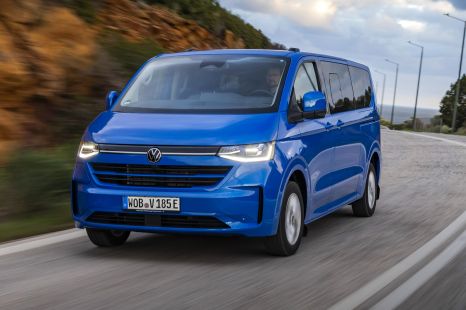

Dave Humphreys
2025 Volkswagen Transporter review: Quick drive
5 Months Ago
This mid-sized electric cargo van is here to upset the establishment, offering future-proof power for about the same price as diesel rivals.
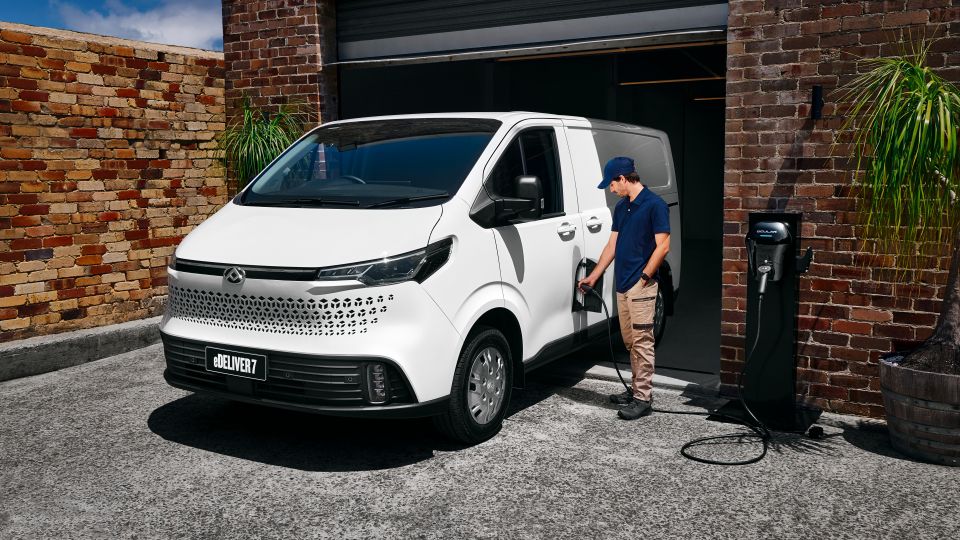
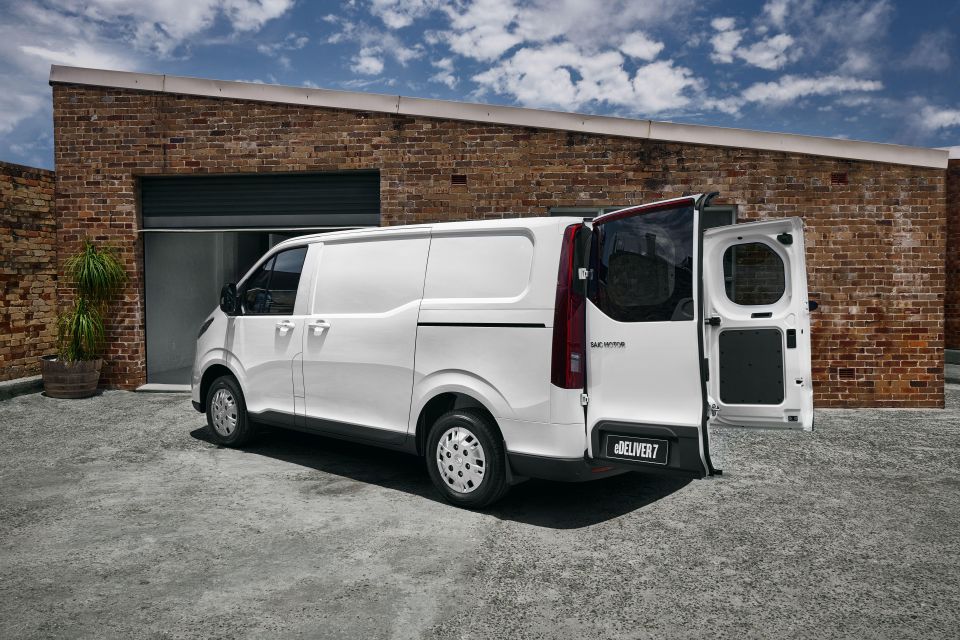

Quickly see how this car stacks up against its competition. Select any benchmark to see more details.
CarExpert helps new car buyers save thousands with expert reviews, honest advice, and transparent pricing – no dealer pressure and no sales games.
The 2024 LDV eDeliver 7 is a new fully electric take on the midsize van range. This is no add-on to the G10 commercial van line-up – it’s an all-new model with heaps of additional tech and equipment.

With aggressive pricing for an electric van that will put big-name rivals like the Toyota HiAce, Hyundai Staria Load and Ford Transit Custom on notice, the new eDeliver 7 is set to shake things up in this work-focused segment.
So, is it any good? And should you be considering this EV van if you’re running a business that currently relies on diesel or petrol? Read on, and you’ll find out.
There hasn’t been a midsize electric van in Australia that has cost this little up until now.

For a bit of context, midsize van options typically run from $45,000-$60,000, depending on the vehicle, the powertrain, the derivative, body-type, transmission, layout, wheelbase length and body height.
We’re still waiting to find out what Ford will do with the pricing for its new E-Transit Custom, but the conventional versions with diesel power now span from about $55,000-$65,000.
2024 LDV eDeliver 7 pricing:
Prices exclude on-road costs, and apply to ABN holders
To see how the LDV eDeliver 7 compares with its rivals, check out our comparison tool.
I just mentioned that this is a relatively sizeable van for the spend, so let’s talk about the dimensions and capacities.

2024 LDV eDeliver 7 interior dimensions:
| SWB Low Roof | LWB Low Roof | LWB High Roof | |
|---|---|---|---|
| Cargo area length | 2547mm | 2913mm | 2913mm |
| Cargo area height | 1328mm | 1328mm | 1693mm |
| Cargo area width | 1800mm | 1800mm | 1800mm |
| Width between arches | 1390mm | 1390mm | 1390mm |
| Side door opening width | 990mm | 990mm | 990mm |
| Side door opening height | 1200mm | 1200mm | 1200mm |
| Rear doors width | 1425mm | 1425mm | 1425mm |
| Rear doors height | 1242mm | 1242mm | 1494mm |
| Total volume | 5.9m | 6.7m | 8.7m |
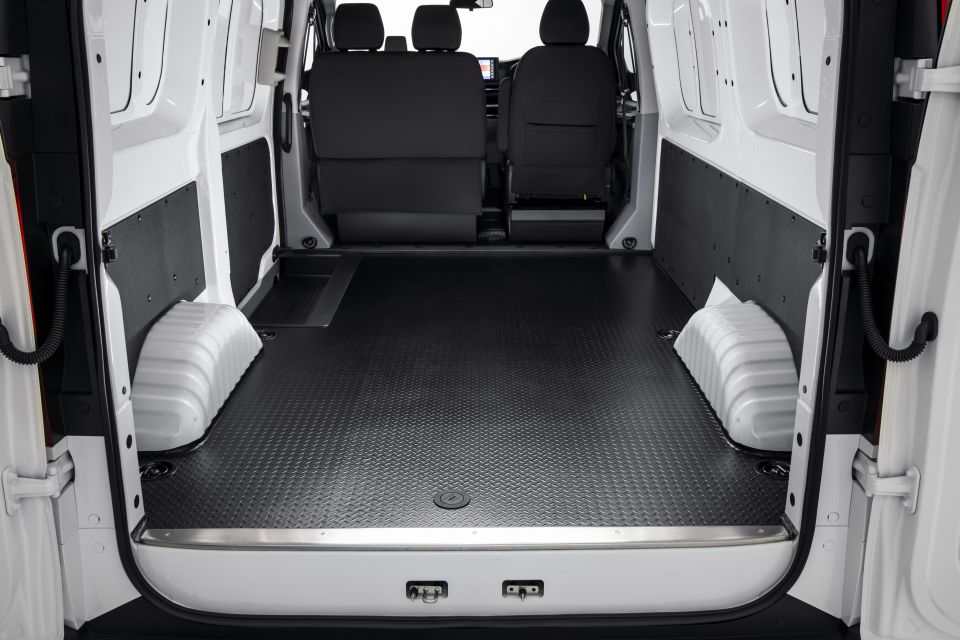

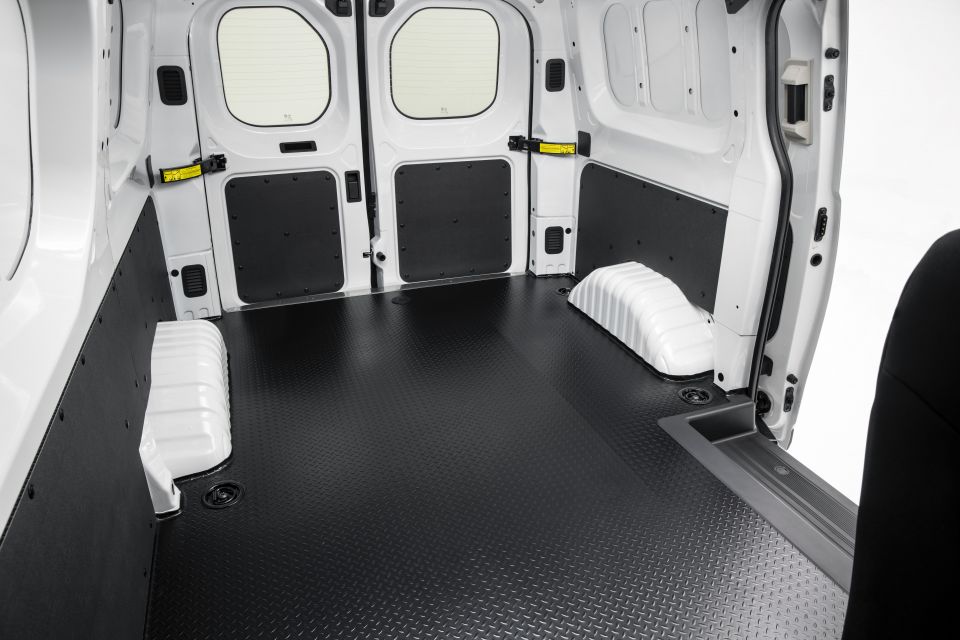

All versions come with a single sliding side door (kerbside), and barn doors at the rear, signalling the intent of this work-ready van. Other marques ask you to pay more for barn doors.
The cargo zone features rubber floor lining, six tie-down hooks, and LED lighting for those who have to work in the wee hours or in darker loading zones.
Now, let’s talk about the usability of the cargo zone. Firstly, you might need to leave the windows down for a month or two to let the rubber smell out – because honestly, it bloody stinks.
Second, the rear barn doors might open up to 180 degrees, but if you’re on a slope they don’t lock in place at the broader angle, so they can swing closed if you’re not careful.

Thirdly, the fact that LDV doesn’t offer glazing as an option for the panels in the back of this model could be a downer for some. Likewise, the lack of a tailgate option, for those who don’t want those barn doors.
Fourth, you can’t option it with a driver’s-side sliding door, despite there being provisions for such in the cargo area.
Fifth, there’s no option for a properly fitted bulkhead – well, at least not through LDV Australia. They will offer an accessory cargo barrier, but a built-in divider between cabin and cargo zone isn’t on the cards. The UK-spec models have one fitted with a small glazed portion.
And sixth, the sheetmetal on the doors and panels of these vans is very thin. Even just attaching a GoPro, I felt like I could dent the door, and the brand-new test vehicles at the event had evidence of ripples around the wheel-arches, too.


Hopefully LDV will fine-tune at least some of these considerations in the future. I mean, no van is perfect and all have compromises to meet cost constraints, especially when it’s a distributor running the show rather than the company itself – complexity, funnily enough, makes this complex.
But knowing some tradies, it could be the difference between this van being suitable for your needs, or you walking to the next dealership to check out a rival.
Okay, so what about the cockpit? It’s largely a very usable space, with a pretty handy layout including a two-seat bench with hidden storage below, and the driver’s seat offers extra adjustment for height, plus there’s an armrest for the pilot, too.
There’s an array of storage compartments too, including tiered options in the front doors with bottle holders down low, but there are big cup/bottle holders at the edges of the dashtop, too. There are several other open storage compartments, a decent glove box, and even an ash-tray.
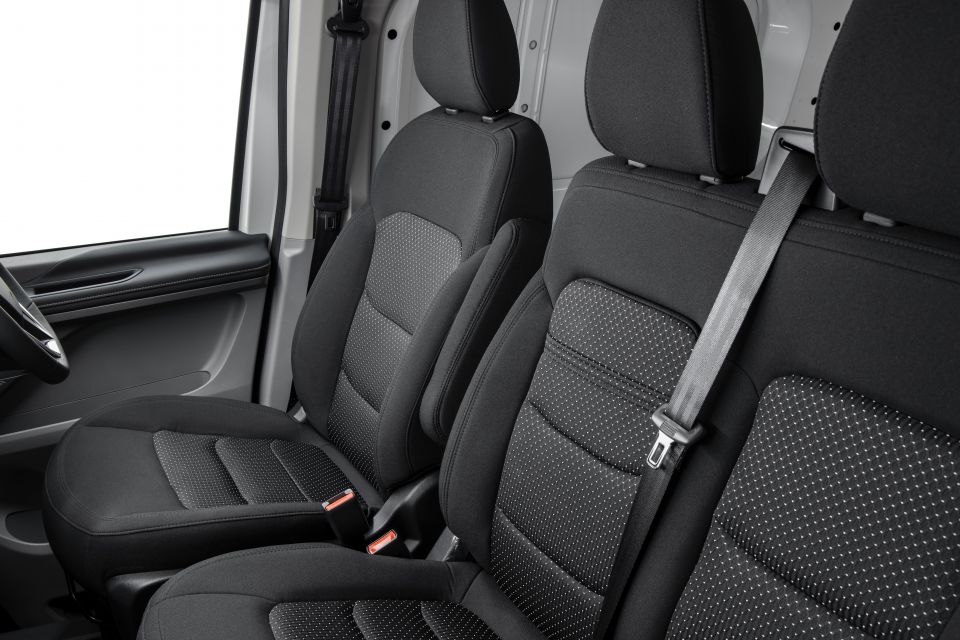
What’s missing is an overhead folder holder that you find in other vehicles in this segment.
As you’d expect the materials are on the ‘hard-wearing’ end of the spectrum, but there’s a strip of blue leather (or leather-look) finishing on the dash that livens things up a bit.
However, the biggest visual interest in the cabin is the 12.3-inch touchscreen media system, which is bright, crisp, has nice graphics and a pretty quick processor for jumping between menus.
There are a few menus that are a bit hidden here and there, but unlike some other screens with controls overload, this one is pretty forgivable because it’s intuitive for the most part. The rear-view camera display was great for daytime driving too.
If you will mainly just use it as a smartphone mirroring screen, you’ll have to be okay with not being able to do so wirelessly. There’s no wireless phone charging pad either, if you run a couple of devices at all times.

The driver supervision cluster is less impressive, with the 4.2-inch LCD display offering multiple menus, but none of them being a digital speedometer.
There are a few interesting placements for some controls, like the fact the shifter is where the indicator stalk might usually be found; and the electronic park brake being up near the instrument cluster, right near the driver’s side seat heater switch.
All in all, it’s not a bad effort in terms of ergonomics and comfort, and certainly feels more polished than a LDV G10 or even the Deliver 9 that sits above it.
Powering all versions of the LDV eDeliver 7 range is a front-mounted permanent magnet synchronous electric motor, with 150kW of power and 330Nm of torque.

The motor is teamed to a single-speed transmission and it powers the front wheels only.
There are three different drive modes, including Eco mode which limits the output and maximum speed to 90km/h, while Normal and Power set the max speed to 120km/h.
LDV offers a 77kWh lithium-ion battery for the two most affordable models, or an 88kWh pack for the two most expensive versions. The batteries are CATL-sourced.
All grades are capable of 11kW AC charging, which LDV claims should mean a 5-100% recharge time of approx. 8 hours for the 77kWh models, while the larger 88kWh models should take about 9 hours 20 mins.
If you plan to charge on AC single-phase power, at 6.6kW, you are looking at a 12 hour 12 minute charge for the 77kWh, or 15 hours for the 88kWh version.
There’s also a difference for the DC charging rates for the two different battery packs. The smaller-battery models have a maximum DC charge capability of 78kW, and the larger-battery versions can charge at up to 90kW on DC.
LDV claims that for both versions, that should mean a 20-80 per cent charge time of about 43 minutes – long enough to recharge the car while you have a lunch break, if you’re on the go.
As with some traditional ICE vans, you still have to open the passenger-side door to open the ‘fuel’ flap. I don’t know why the brand wouldn’t have just designed it so it was a press-open flap like so many other EVs.
As for efficiency figures, we’re still waiting to hear from LDV as to the official numbers, but on this unladen, mainly urban test I saw 22.1kWh per 100km in the SWB Low Roof and 23.4kWh per 100km in the LWB High Roof.
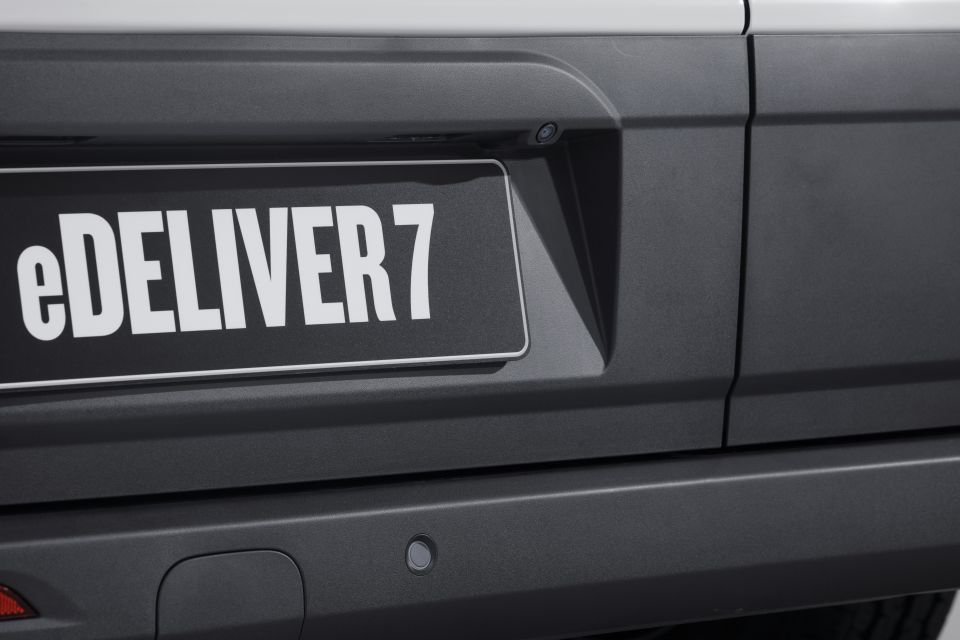
2024 LDV eDeliver 7 driving range:
2024 LDV eDeliver 7 payload:
But all models have a towing capacity of 750kg for an unbraked trailer, and 1500kg for a braked trailer.
It’s important to state from the outset that while I had a chance to drive the bookends of this model range – the SWB Low Roof and LWB High Roof – both were unladen, and so my impressions here may not be as representative of how you might find this vehicle if you drive with a full load.

There was no opportunity to test it out with weight on board, so perhaps we’ll cover that in a future test. But even without weight on board, this electric van does the job nicely.
One of the things that makes EVs very easy to live with is the fact that there isn’t much vibration or roughness to the drive experience, and that is the case here, too.
You’ve got effortless and smooth acceleration; which, even in the sedate Eco mode, is still pretty punchy. Put it into Power mode, and it is very quick – faster than the 215/65 R16 Giti Van 600 tyres can handle!
It is a very smooth and pretty refined experience from a powertrain perspective. There is no transmission consideration really, as it’s a single-speed transmission.
The only real consideration with the transmission is the gear selector location – it’s where the indicator would be if it was “on the right side” both figuratively and literally.
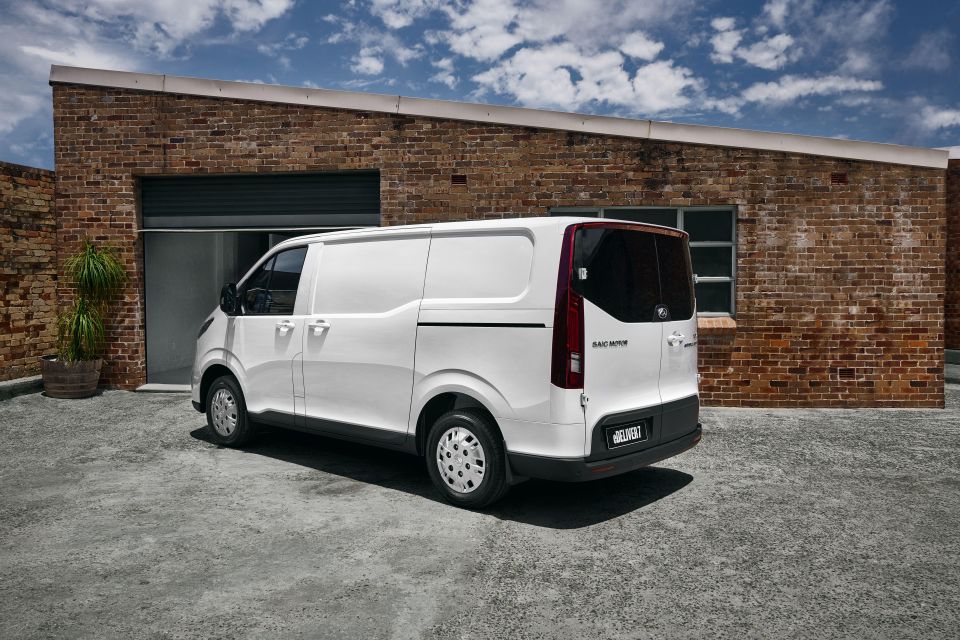
That means that it can take some getting used to, especially if you are doing parallel parks and so forth. You don’t want to shift from drive to reverse instead of indicating left, for example.
However, the biggest concern for parking or lower-speed moves with this van isn’t so much shifting, but seeing.
That’s because while it does come with a pretty high-resolution reversing camera and front and rear parking sensors, it’s a pretty blind drive experience with no rear panel glazing available – and we know that some Chinese vehicles offer the best surround-view camera tech available. It would certainly be welcome here.
You don’t get much of a view out through those barn doors either, and the rear-view mirror isn’t an auto-dimming unit. Maybe an aftermarket digital camera mirror might be a worthwhile add-on.
As for the other considerations for driving behaviour, the LWB models tend to have slightly better ride comfort unladen – as you would expect with more space to spread the bumps out, with the SWB transmitting more of the smaller lumps and bumps into the cabin.

CarExpert helps new car buyers save thousands with expert reviews, honest advice, and transparent pricing – no dealer pressure and no sales games.
All of them are on the firm side, as you’d expect as all of them have more than 1.0-tonne payload capability. Having said that, both SWB and LWB models felt more comfortable unladen than some other vans I’ve tested in the past. The Staria Load comes to mind, for instance, or the previous HiAce.
The steering is also very user-friendly, even though you do have a considerably larger turning circle (13.4m LWB v 12.1m SWB). Still, it’s still direct and has decent weighting that makes it easier enough to pilot into parking spots, cruise around back streets, or on the freeway.
Overall refinement isn’t too bad – the LWB High Roof model I sampled seemed to suffer more from wind noise intrusion thanks to its lengthy forehead – but even the SWB Low Roof was a bit loud inside, especially considering it’s an EV.
You can hear that motor working at times, but there’s no frustrating vibration or harshness from a rattly diesel engine, thankfully. While I did try to have a go at this drive experience with the active safety tech on, if you’re like me you’ll find it frustrating to live with.
Thankfully, though, if you’re a courier driver, you could theoretically just turn it off when you start your shift and keep the vehicle running all day so you don’t need to reconfigure it each time you get back in.

What’s super annoying about this van is it has a heap of advanced safety tech for the speed sign recognition system, which can read the signs around you and beep (incessantly) to tell you if you’re speeding – and that is made more insulting by the fact there’s no digital speedometer in the instrument cluster.
LDV Australia says it knows this is an issue, and they’re looking to re-template the menus in the driver info screen to make it easier to have an “at a glance” view of your speed, as the speedo dial is harder to keep an eye on.
Also, if you’re the sort of person who likes to muck around with their air-conditioning while driving, the controls feature a haptic touchpad which is quite hard to see in sunlight, with red backlighting and a sheeny black finish which is reflective.
Thankfully, it does have scroll wheels for both your fan controls and your temperature, and they are tactile so you do get used to using them pretty quickly.




Standard equipment includes:
LDV says it is hopeful that the eDeliver 7 will be put through ANCAP/Euro NCAP crash testing, and the brand is confident of a strong result if that happens.
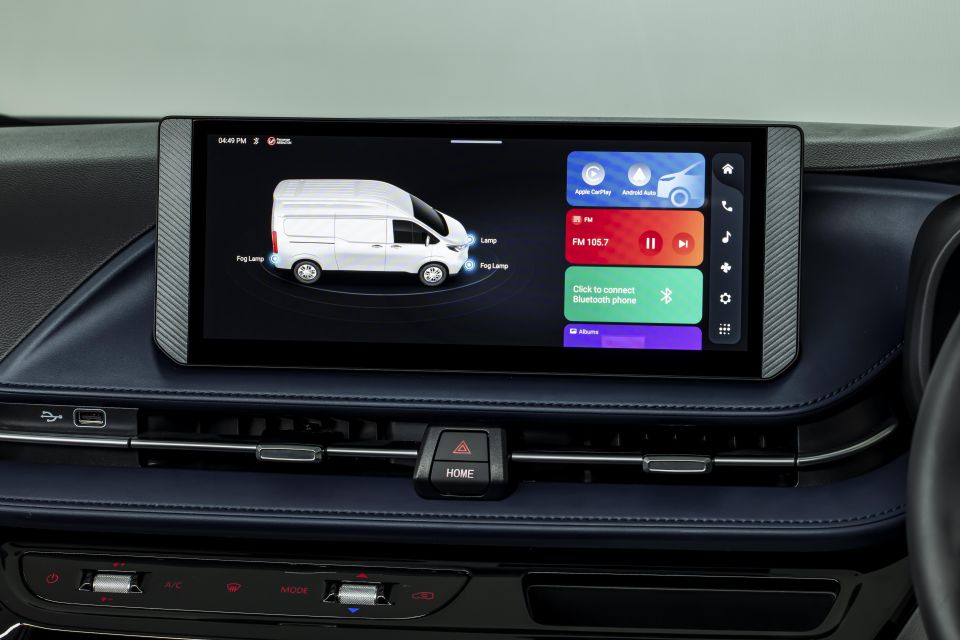
Standard safety features include:
Now, some of that is a bit tedious for daily driving as mentioned earlier if you’re like me, but you might not be like me. In broader terms, that’s probably for the better.
LDV offers a five-year, 160,000km cover for the vehicle itself, while the battery pack is covered by a handy eight-year/250,000km plan – the only downside is a lack of included roadside assistance.

The LDV eDeliver 7 range is very attractively positioned for business owners who are concerned about ongoing costs.
There’s a capped-price servicing plan for six years/90,000km – and yes, that means the service intervals are every two years or 30,000km, whichever occurs first. The total cost over that potential six-year/90,000km period? Just $1165. Some diesel vans cost that much or more for three years, or 45,000km to 60,000km of cover.
That also means less down-time for your vehicle, which is a resource after all. Less downtime means more productive time. You’ll also never have to visit the servo again, in theory – you might even develop a healthier diet than chocolate milk and sausage rolls on the way to work!
But seriously, the cost of electricity for the mindful purchaser will make this a far more affordable vehicle to own and operate than a diesel or petrol van, particularly for owner-operators who charge overnight or off solar at home.
Bigger businesses with back-to-base setups will also benefit significantly – imagine how much less paperwork there’d be without fuel cards!
The LDV eDeliver 7 isn’t a perfect van, but it’s going to be the perfect tool to upset the category as the mainstream brands lag behind in the shift towards electrification.

With some fine polishing it would be an even better thing, and that’s saying something.
Based on first impressions, the eDeliver 7 is a compelling choice for businesses and buyers are ready to make the move to an electric work vehicle – whether you plan to buy one, 10, or 100.
BUY: LDV eDeliver 7 MORE: Everything LDV eDeliver 7
CarExpert helps new car buyers save thousands with expert reviews, honest advice, and transparent pricing – no dealer pressure and no sales games.
Matt has more than a decade of experience in automotive journalism, and loves exploring the pros and cons of new cars, delving into deep-dive industry stories, and going for a drive just for the fun of it.


Dave Humphreys
5 Months Ago
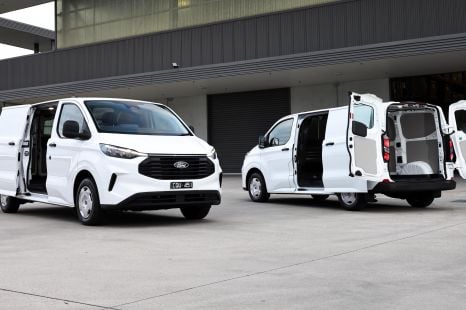

Max Davies
5 Months Ago


Josh Nevett
4 Months Ago
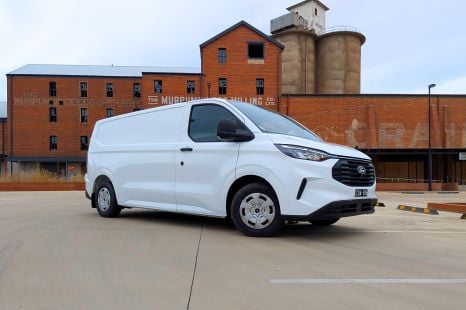

William Stopford
2 Months Ago
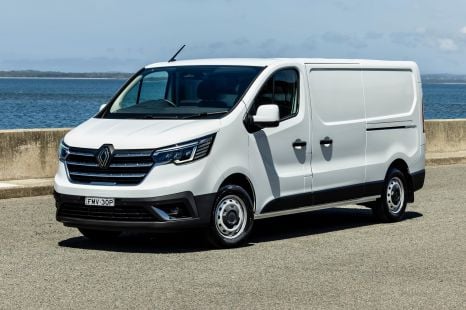

Max Davies
2 Months Ago
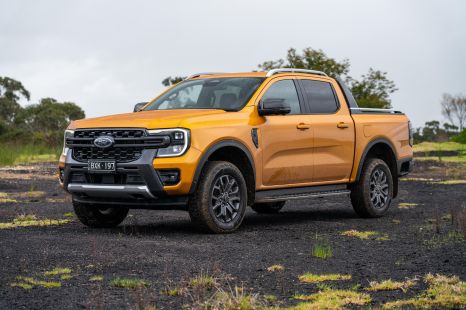

William Stopford
2 Months Ago